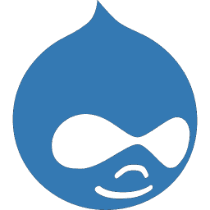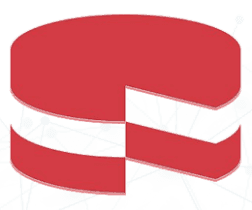Acelerar site: Tecnologia comprovada
- JavaScript
Mesclar, compactação, carregamento lento - CSS
Compressão de tamanho e otimização de carga - Imagens
Compressão e conversão com CDN OptiPic - Widgets de terceiros
Consultores online, chats, redes sociais, etc. - Sistemas analíticos
Google Analytics, Facebook,
etc.
Quais problemas e recomendações do Google Pagespeed Insights serão melhorados
Minimize main-thread work
Consider reducing the time spent parsing, compiling and executing JS. You may find delivering smaller JS payloads helps with this.
Eliminate render-blocking resources
Resources are blocking the first paint of your page. Consider delivering critical JS/CSS inline and deferring all non-critical JS/styles.
Reduce unused JavaScript
Reduce unused JavaScript and defer loading scripts until they are required to decrease bytes consumed by network activity.
Reduce unused CSS
Reduce unused rules from stylesheets and defer CSS not used for above-the-fold content to decrease bytes consumed by network activity.
Ensure text remains visible during webfont load
Leverage the font-display CSS feature to ensure text is user-visible while webfonts are loading.
Reduce the impact of third-party code
Third-party code can significantly impact load performance. Limit the number of redundant third-party providers and try to load third-party code after your page has primarily finished loading.
Serve static assets with an efficient cache policy
A long cache lifetime can speed up repeat visits to your page.
Reduce JavaScript execution time
Consider reducing the time spent parsing, compiling, and executing JS. You may find delivering smaller JS payloads helps with this.
Efficiently encode images
Optimized images load faster and consume less cellular data.
Serve images in next-gen formats
Image formats like WebP and AVIF often provide better compression than PNG or JPEG, which means faster downloads and less data consumption.
Verifique a velocidade de site - especifique seu site
Como começar com Pagespeed OptiPic
A tecnologia de pedidos implanta OptiPic:Pagespeed
Aguarde a implementação do teste pela equipe OptiPic
Deposite fundos em sua conta e selecione um pacote
Preços: implantação + assinatura
Pagamento único para implantação. Pagamento mensal de uma assinatura.
Включая ускорение бекенда, TTFB, время ответа сервере, время до первого байта
Aceleração do site front-end (aceleração do cliente)
Além da compactação de imagem, a aceleração do site front-end pode ser alcançada otimizando outros componentes:
- Cache de back-end de arquivos estáticos (imagens, CSS, JS).
- Mesclagem de CSS.
- Compressão CSS.
- JS mesclando.
- Compressão JS.
- Realocação de CSS e JS para a parte inferior do código HTML da página da web.
- Desativando scripts e widgets desnecessários.
Aceleração do site de back-end (aceleração do servidor)
A aceleração do back-end visa minimizar o tempo de geração de páginas web pelo servidor. Geralmente é alcançado pelos seguintes métodos:
- Mudando para a hospedagem ou servidor mais poderoso.
- Otimização das configurações do servidor web (apache, nginx, php-fpm).
- Otimização das configurações do mysql (ou configurações de outro sistema de gerenciamento de banco de dados usado pelo site).
- Cache de solicitações de banco de dados.
- Cache de solicitações para API externa.
- Cache total (a tecnologia "Site composto" e similar a ela).
- Refatoração e otimização da lógica do código php.
Os especialistas da OptiPic sabem tudo sobre o procedimento de aceleração e podem ajudá-lo a melhorar o desempenho do seu site. Entre em contato conosco se precisar acelerar extremamente seu site.

 WordPress
WordPress  Joomla
Joomla  Bitrix
Bitrix  Yii
Yii  Laravel
Laravel  Symfony
Symfony  Zend Framework
Zend Framework  Drupal
Drupal  MODx
MODx  AMIRO.CMS
AMIRO.CMS  CakePHP
CakePHP  CodeIgniter
CodeIgniter  CS-Cart
CS-Cart  DataLife Engine
DataLife Engine  DIAFAN.CMS
DIAFAN.CMS  FuelPHP
FuelPHP  HostCMS
HostCMS  InstantCMS
InstantCMS  Magento
Magento  NetCat
NetCat  OpenCart
OpenCart  Phalcon
Phalcon  PHP
PHP  PHPixie
PHPixie  PrestaShop
PrestaShop  Shop-Script
Shop-Script  Simpla
Simpla  SiteEdit
SiteEdit  Slim
Slim  UMI.CMS
UMI.CMS